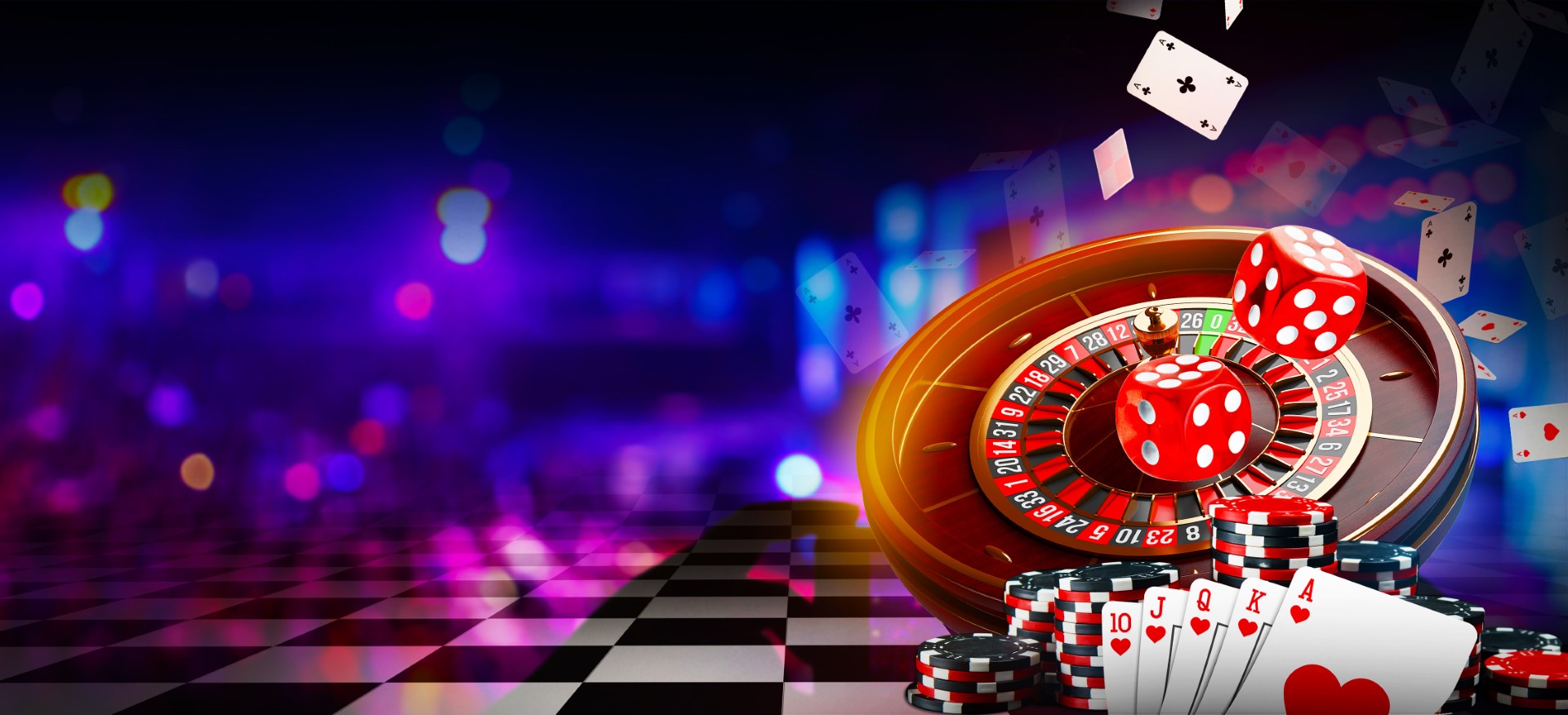
The world of slot machines is a fascinating blend of creativity, technology, and psychology. For many, the excitement of lever-pulling or button-pressing to spin the reels is a pulse-quickening adventure filled with eagerness. Beneath the bright lights and catchy noises of slot machines lies a intricate system that brings these engaging games to fruition. This article delves deep into the detailed journey of developing a slot game, from the first idea to its final launch in casinos and online platforms.
Every machine begins with an inspiration, whether it’s inspired by a concept, a narrative, or player preferences. Game designers, artists, and developers work together to create a unique experience that not only captures attention but also keeps players engaged. The combination of creative graphics, sound design, and engaging gameplay mechanics sets the stage for a remarkable slot gambling experience. slot mahjong 2 Join us as we explore the creative and mechanical facets that play a role in the victory of these contemporary gaming marvels.
Concept Development
When developing a new slot game, the initial step is generating concepts that appeal with gamers. This includes identifying motifs that are popular and appealing, such as adventure, legends, or classic fruits. Developers often conduct market research to grasp latest trends in slot gaming and what resonates with the intended players. The aim is to develop a unique concept that stands out while also keeping familiarity for gamers who prefer traditional slot games.
Once a concept is chosen, the next step is to establish the game mechanics. This entails deciding on the number of reels, winnings lines, and unique elements such as rewards or free spins. Developers must carefully balance the complexity of the game to maintain player interest, ensuring that novice gamers can grasp it while also providing depth for experienced players. This stage also requires creating rules around how icons work together and what combinations yield payouts, building the groundwork for gameplay mechanics.
After the initial mechanics are outlined, the creative team focuses on visual and auditory aspects that improve the overall experience. This entails crafting vibrant graphics, selecting color schemes that match the concept, and selecting music and sound effects that engage players in the game environment. The objective is to create a unified atmosphere that attracts gamers in, keeping them excited to participate in slot gaming and providing them with an entertaining journey from the moment they start turning the reels.
Slot Design Process
The slot game design process for a game begins with brainstorming ideas that convey the thrill and concept the designers want to express. This initial phase often involves collaborative discussions among designers, artists, and game developers to determine the core concept, storylines, and visual aesthetics. Market research is also crucial during this stage, helping the team grasp current trends in the gambling industry and what players are looking for in upcoming titles.
Once the core concept is established, the design group creates a detailed game design document that outlines the mechanics, guidelines, additional elements, and paytable. This document serves as a roadmap, guiding the creation process and making sure that every aspect of the game aligns with the initial vision. Throughout this stage, test designs are often evaluated to collect feedback and make necessary changes, improving the user experience and enhancing gameplay.
As the game nears completion, a shift shifts toward testing and improvement. Quality assurance groups rigorously test the game for bugs, ensuring that the application functions seamlessly across various devices. The sound engineering and graphics are also refined, contributing to the overall engaging experience. This meticulous attention to perfection is crucial in the competitive world of gambling, as developers aim to develop a game that not only looks good but also captivates and entertains players efficiently.
Evaluation and Launch Tactics
Before a slot game reaches players, thorough testing is imperative to ensure a seamless gaming experience. Developers use a variety of testing methods, including alpha and secondary testing. Alpha testing is conducted in-house to catch any significant bugs or issues, while beta testing allows a select group of players to interact with the game and provide feedback. This feedback helps developers enhance game mechanics, graphics, and user interface, creating a polished final product.
After extensive testing, the launch strategy is crucial for a effective rollout. Marketing teams work together with game developers to create excitement around the release. This can include marketing events, social media campaigns, and partnerships with online casinos. A well-planned launch can draw significant player interest, ensuring that the game receives the focus it deserves from the outset.
Post-launch, continual monitoring is essential to the game’s success. Developers analyze player behavior, engagement rates, and revenue to make informed decisions for future updates or expansions. Feedback from players post-launch also provides guidance that can inform enhancements, keeping the game fresh and appealing to both first-time and returning players. Effective testing and launch strategies not only play a role to immediate success but also lay the groundwork for the game’s longevity in the challenging world of slot gambling.